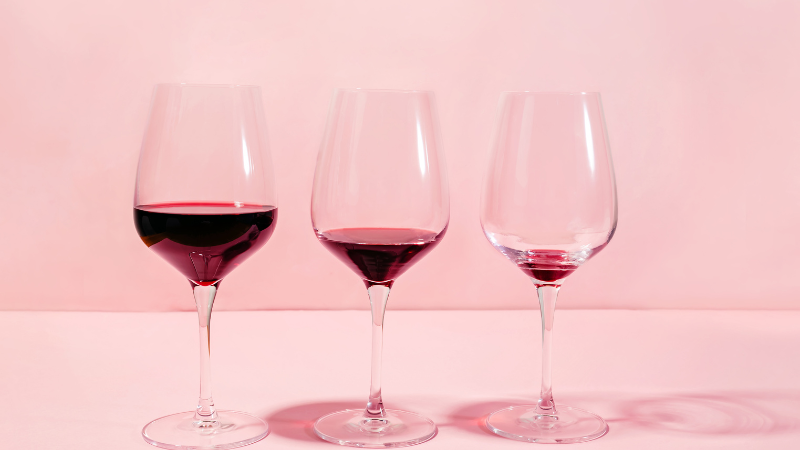
CHICAGO, August 18, 2025 — A new study confirms what many food-away-from-home establishments say they’ve already seeing on their P&Ls: Americans are significantly cutting back their alcohol consumption.
According to Gallup, the proportion of U.S. consumers who say they drink beer, wine, and spirits has dropped to the lowest level the researcher has seen since it started measuring consumption 90 years ago, or right after Prohibition ended. A canvass of the public found 54% acknowledge indulging today, compared with the 62% who identified themselves as drinkers in 2023.
Those who do drink are consuming less when they do, Gallup added.
The main reason for the newfound sobriety, according to Gallup, is a heightened concern about the safety of even moderate drinking. It found that 53% of Americans regard any alcohol consumption as a health hazard, the first time a majority of the public have championed the benefits of abstention.
A wave of recent research has underscored the potential health risks, countering a landmark study several decades ago that suggested moderate consumption could have health benefits. The findings underscored what’s known as the French Paradox, or the belief that resveratrol, an ingredient in red wine, promoted cardiovascular wellbeing.
The theory held that routine consumption of red wine is why residents of France have a lower incidence of heart attacks despite a diet that traditionally abounded in saturated fats.
The findings led to a belief that men would benefit from drinking up to two alcohol drinks of any sort per day and women could enhance their heart health by having one.
But the research has since resolutely been debunked. In its place has come a number of studies that tie even that level of consumption to a higher risk of diseases, including cancer.
In January, then-U.S. Surgeon General Dr. Vivek Murthy released a study that advised the public to regard alcohol in any amount as a cancer risk. Only avoiding tobacco products and losing weight would do more than total sobriety to fend off cancer, the report found.
Because alcoholic beverages sport some of the largest profit margins for restaurants, bars, and other FAFH establishments, the decline in consumption has hurt. The new Gallup study was released almost simultaneously with a report from the Texas Restaurant Assocation that 37% of restaurants in the state were seeing a decline in beer, wine, and liquor sales.
Many FAFH have tried to offset the trend by embracing nonalcoholic beverages priced in the same range as alcohol-containing options.
Among those who told Gallup they still indulge, 38% said their alcohol beverage of choice was beer, followed by liquor (30%) and wine (29%).
As Managing Editor for IFMA The Food Away from Home Association, Romeo is responsible for generating the group's news and feature content. He brings more than 40 years of experience in covering restaurants to the position.